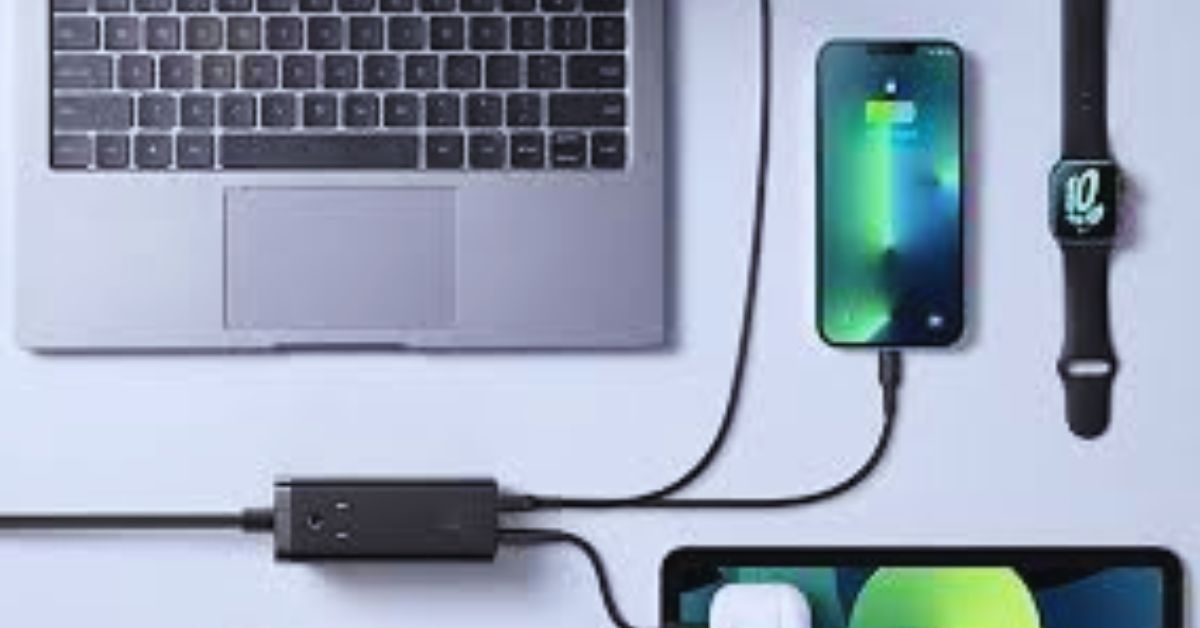1. Know Your Device’s Requirements
Before purchasing a charging cable, it’s crucial to know your device’s charging requirements. Different devices have specific voltage and amperage needs. For instance, most smartphones require a 5V supply, while tablets may need 9V or 12V for optimal charging. Check your device’s user manual or the manufacturer’s website for detailed specifications.
2. Understand the Different Types of Connectors
Charging cables come with various connectors, and knowing which one your device uses is essential. The most common types include:
- USB-A: The standard rectangular USB connector, often found on chargers and older devices.
- USB-C: A versatile connector used by many modern devices. It supports fast charging and data transfer.
- Lightning: Exclusive to Apple devices, this connector is used for iPhones, iPads, and some accessories.
- Micro-USB: An older standard, primarily used by Android devices and accessories.
Choosing a cable with the correct connector ensures compatibility with your device.
3. Consider Cable Length and Flexibility
Cable length is another important factor. Short cables (1-3 feet) are great for portability, while longer cables (6 feet or more) provide flexibility in charging from a distance. However, keep in mind that longer cables can sometimes result in slower charging speeds due to resistance.
Additionally, consider the cable’s flexibility and durability. Braided cables tend to be more robust and resistant to wear and tear compared to standard plastic cables. Look for cables that can withstand bending and twisting without fraying.
4. Check for Fast Charging Compatibility
If your device supports fast charging, ensure that the cable you choose is compatible with this feature. Fast charging cables typically have a higher amperage rating (such as 2.4A or more) and are often labeled as “fast charging” or “quick charge.” Using the right cable can significantly reduce charging time, allowing you to get back to using your device sooner.
5. Opt for Quality and Certification
Not all charging cables are created equal. Cheap cables may save you money upfront, but they often lack the necessary quality and safety features. Look for cables that are certified by organizations like USB-IF (USB Implementers Forum) or Apple MFi (Made for iPhone/iPad) to ensure safety and reliability. High-quality cables not only last longer but also protect your devices from potential damage caused by faulty charging.
6. Consider Your Charging Environment
Think about where you’ll be using the cable. If you frequently charge your devices at home, a longer, durable cable might be ideal. For travel, consider a shorter, lightweight option that’s easy to pack. Additionally, if you often charge in the car or at public charging stations, a sturdy cable that can withstand wear and tear is essential.
7. Read Reviews and Compare Brands
Before making a purchase, take the time to read reviews and compare different brands. User feedback can provide valuable insights into the performance and durability of a cable. Look for reputable brands known for their quality products and customer service.
Conclusion
Choosing the right charging cable for your device is crucial for optimal performance and longevity. By understanding your device’s requirements, connector types, and the importance of quality, you can make an informed decision. Take the time to consider your specific needs, and you’ll find a cable that suits your lifestyle, ensuring that your devices stay powered and ready for action.
